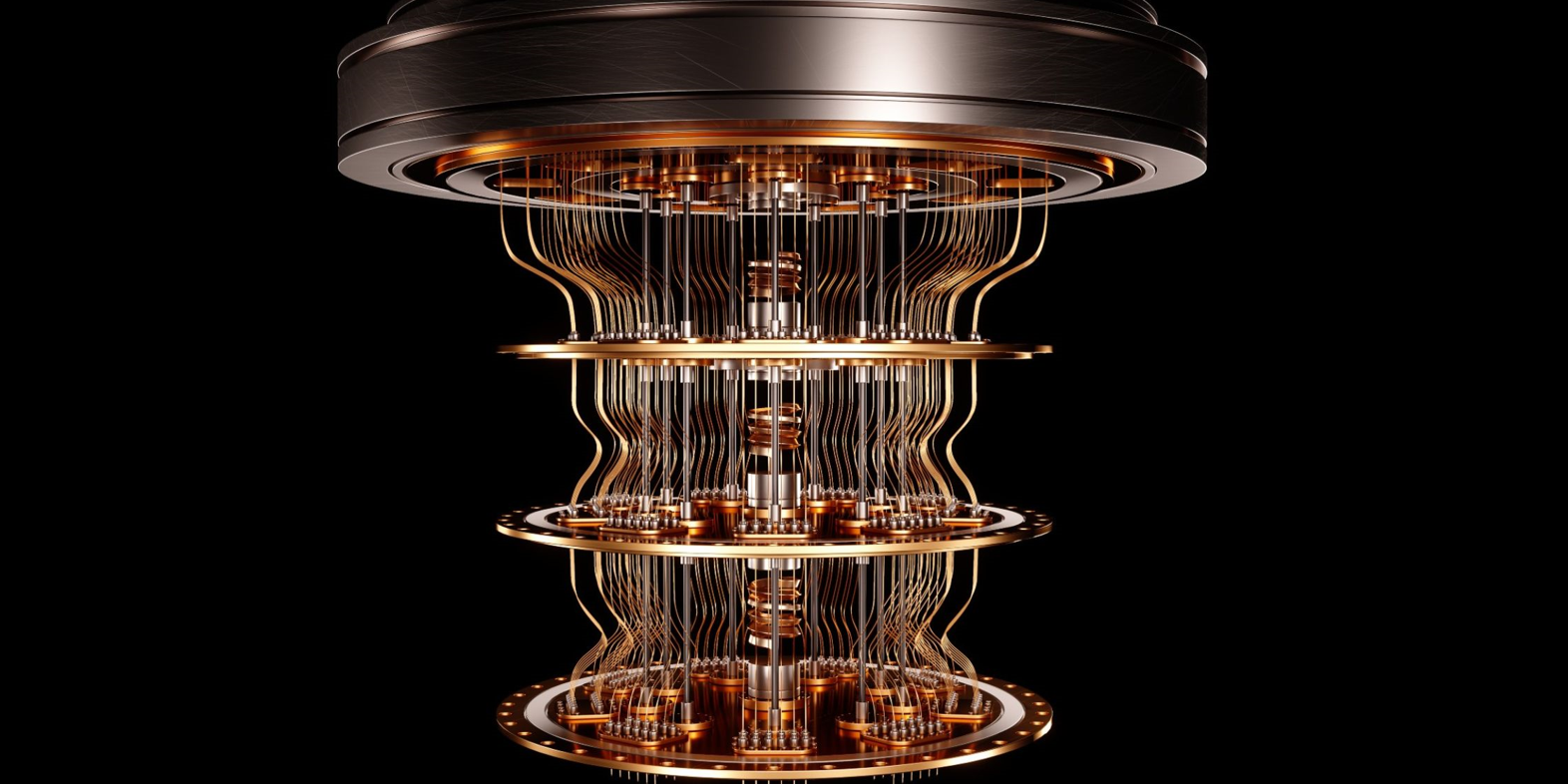Quantum Computing is a new kind of computing where it scales exponentially with the number of qubits. It was invented in 1998 by Isaac Chuang, Neil Gershenfeld, and Mark Kubinec. Recently, Google completed a calculation using its Quantum Computer, Sycamore (53 qubits), in 200 seconds. However, it would take the current best supercomputer 10,000 years to complete the same calculation, meaning it is 1.5 billion faster than classical computing. Quantum Computer only has 1 integrated circuit while a supercomputer has 10,000+ integrated circuits. One bit in a normal computer is either 0 or 1. One qubit in a Quantum Computer is both 0 and 1. In another word, a normal Computer: only identifies “yes or no”; however, Quantum Computer: identifies “yes, no, and maybe”, which is closer to a human brain in some sense. Quantum Computing can have many uses in real-life problems such as developments in science, medications, and machine learning methods; weather forecasts; stock predictions; making more efficient devices and structures; password cracking and encryption: banks, government departments, bitcoins; security; and virtual reality and etc. Despite the strengths of Quantum Computing, it has disadvantages: it needs to be at or close to Absolute Zero (-273 Celcius). Researchers are currently trying to improve Quantum Computing so that it would work even in normal conditions.

